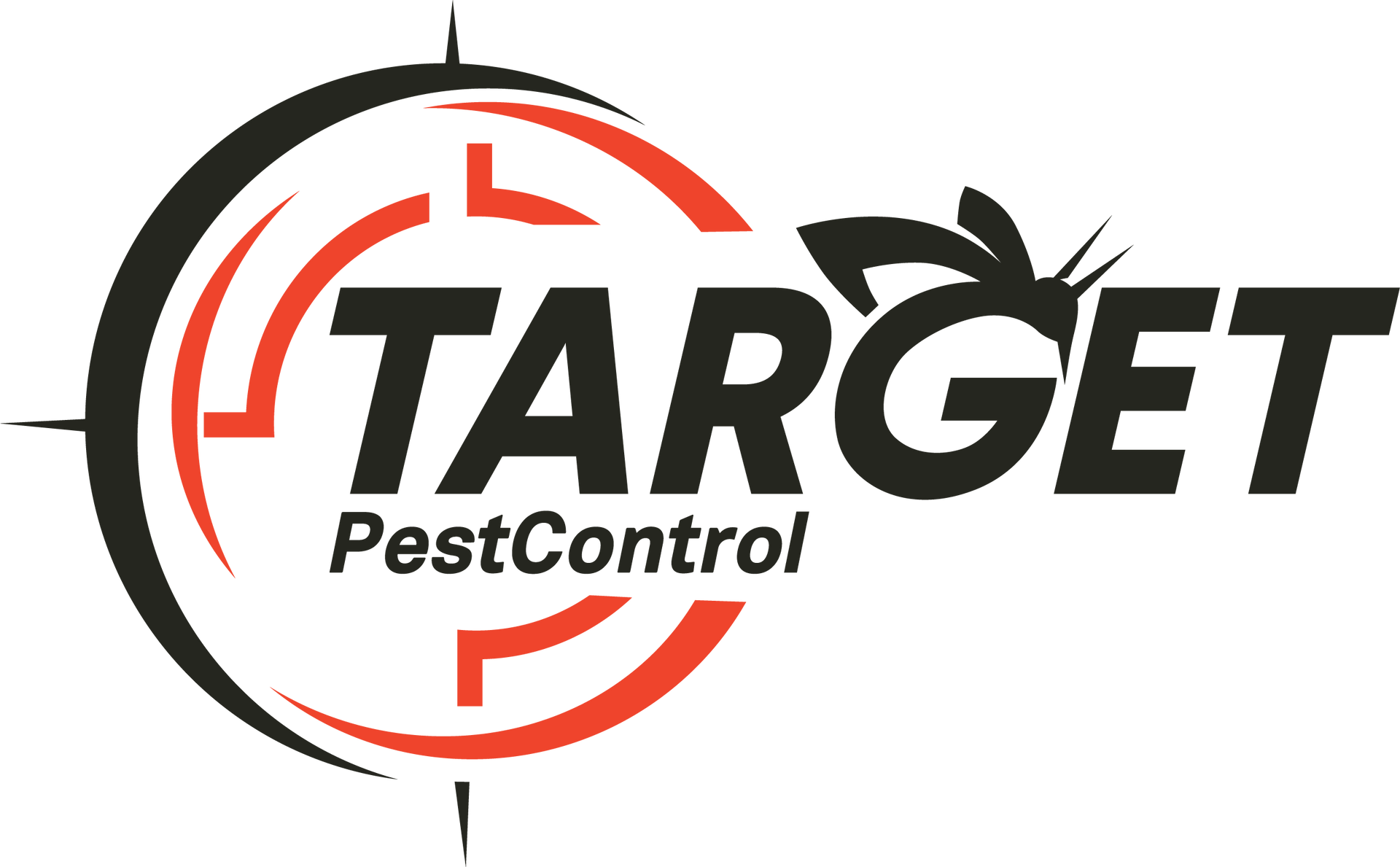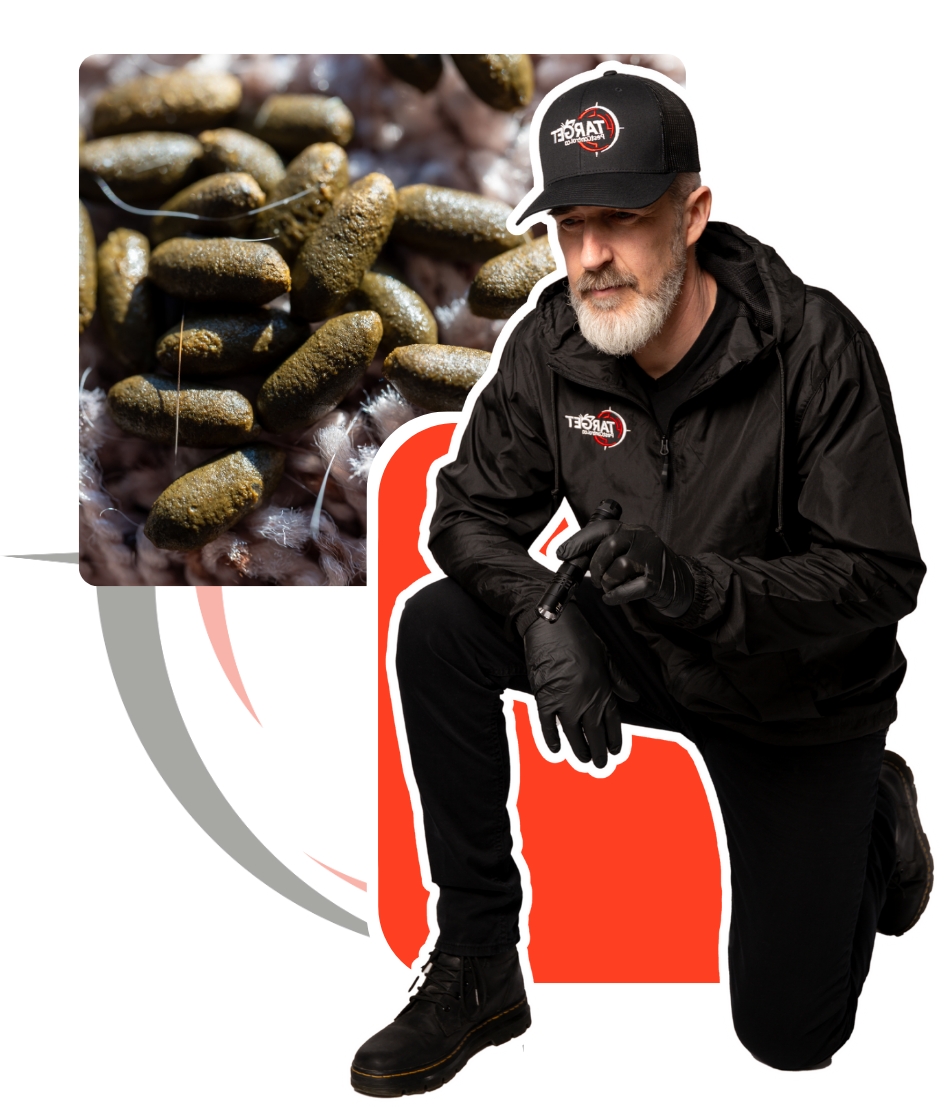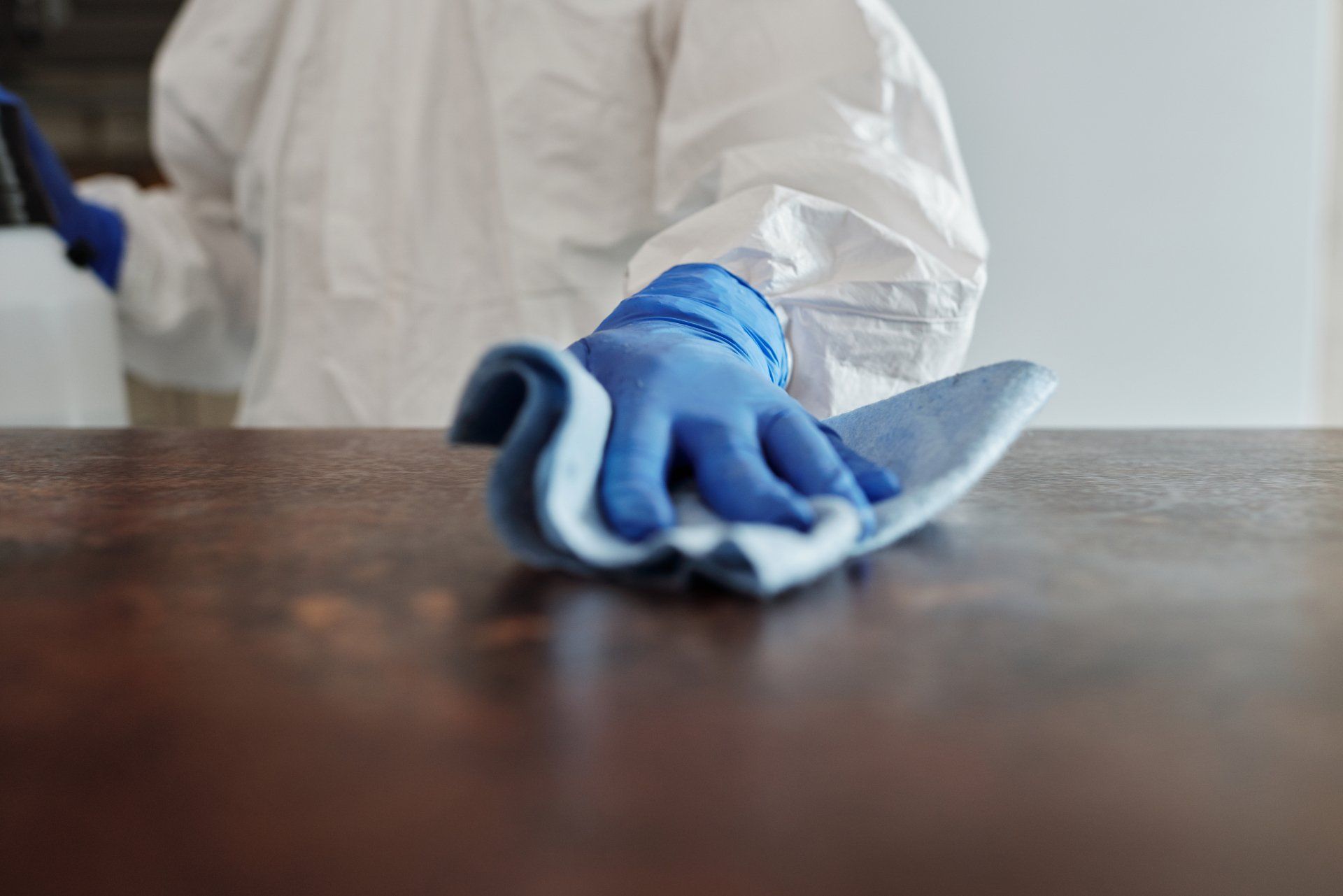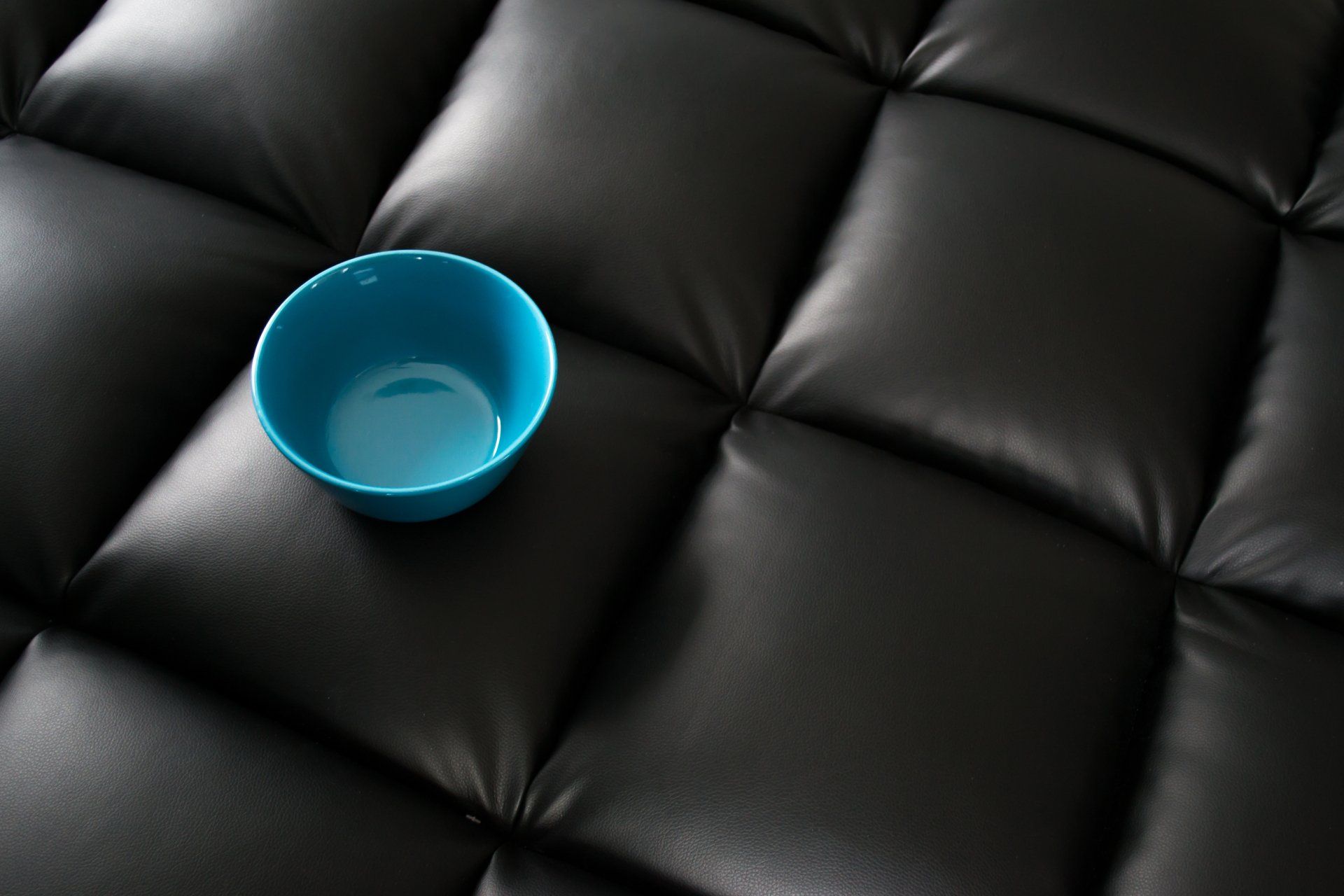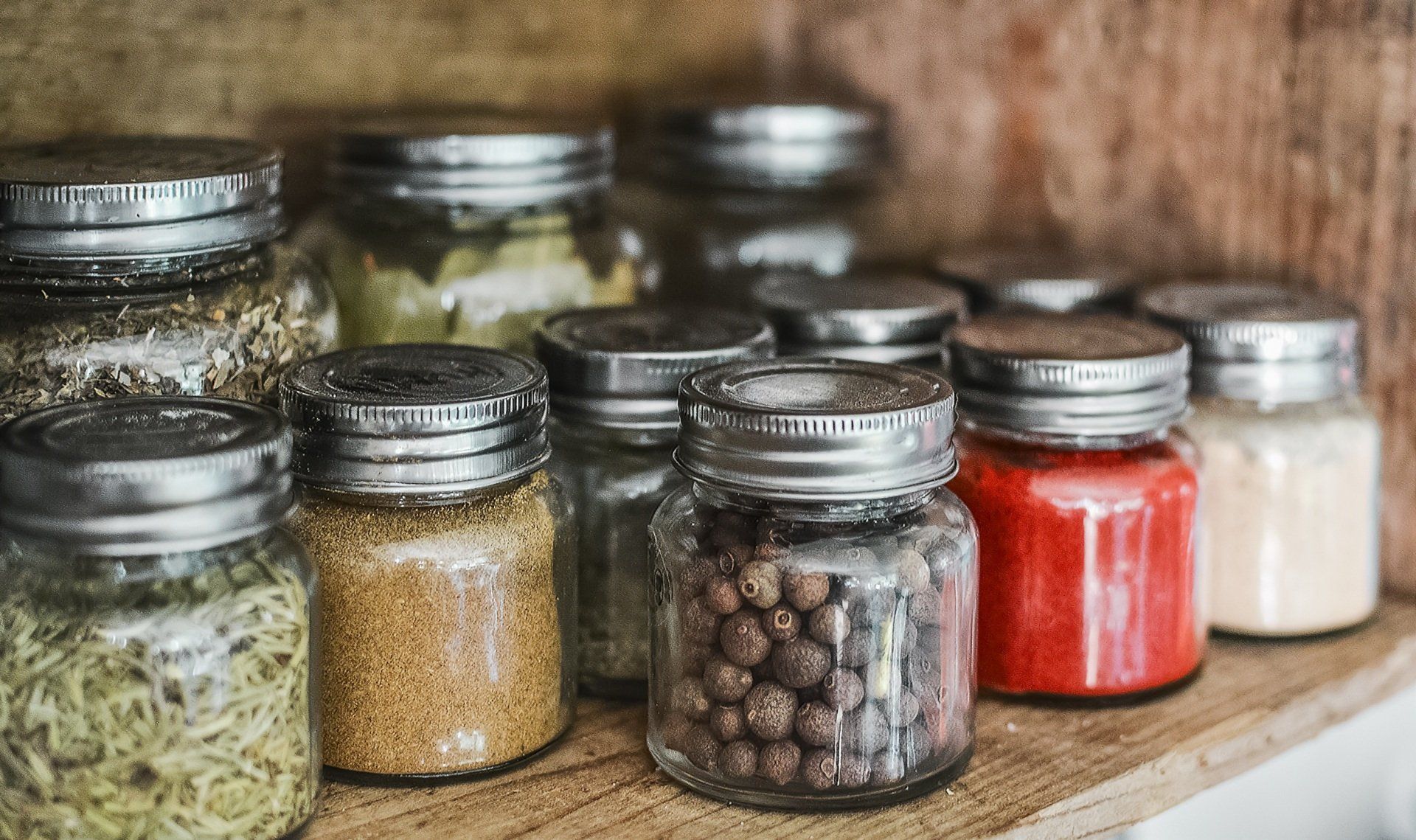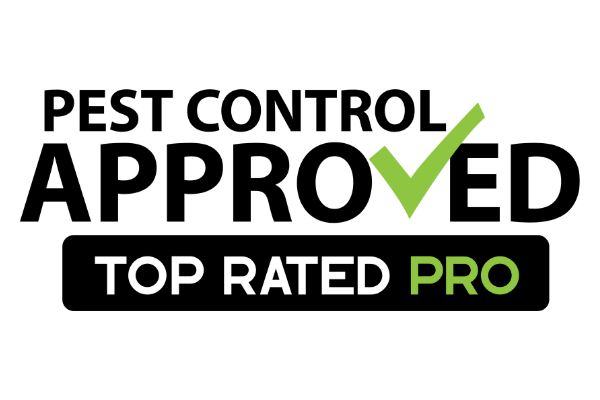How to Clean
Mouse Poop
Need to know how to clean mouse poop effectively without risking your health? Our straightforward guide lays out the necessary
steps to safely remove mouse droppings, protect against diseases, and deter future infestations.
We'll show you the best
cleaning agents and
protective gear to use, as well as tips for disinfecting areas where droppings are found.
When cleaning up mouse droppings, it's crucial to wear appropriate safety gear to protect yourself from potential hazards. This includes donning disposable gloves and a face mask to prevent direct contact with the droppings and inhaling airborne pathogens.
Proper disinfection is essential after removing mouse droppings to eliminate bacteria and viruses that may linger. Use a strong disinfectant, like bleach or a commercial cleaner, to thoroughly sanitize affected surfaces and ensure a germ-free environment.
Key Takeaways
- Mouse droppings are
small, dark, spindle-shaped and can be found in places where mice frequent, with 50-75 pellets left behind per day;
rat droppings are larger, sausage-shaped, and wetter, with differences critical for determining infestation type and extermination strategies.
- Mouse poop poses serious health risks due to rodent-borne diseases such as
Hantavirus Pulmonary Syndrome, Salmonella, and Rat-Bite Fever, with some diseases having high mortality rates and no vaccines available, emphasizing the importance of safe cleaning practices.
- Safe cleanup of mouse droppings includes using PPE such as
HEPA respirators and gloves, proper ventilation, disinfecting with bleach solution,
careful disposal of waste and contaminated items, thorough cleaning of surfaces, and implementing preventative measures to avoid future infestations.
Identifying Mouse Droppings: What to Look For
Mouse droppings look:
- Small, dark, and spindle-shaped, resembling grains of rice
- Mice have the potential to leave behind 50-75 pellets per day, making their droppings a common sign of an infestation
- These droppings can be found in various locations frequented by mice, such as kitchens, cabinets, pantries, closets, attics, basements, garages, and food storage areas.
"Mice droppings" is another term used to refer to mouse droppings, emphasizing the importance of recognizing these to identify a mouse infestation.
While mouse droppings are small and rice-like, rat droppings are larger
and resemble a sausage. They are also softer and wetter than mouse droppings. Distinguishing between mouse and rat droppings plays a significant role in identifying the type of
rodent infestation in your home, as different rodents necessitate varying extermination strategies.
The Dangers of Mouse Poop: Health Risks and Diseases
Mouse poop is not just a nuisance; it can pose serious health risks. Mice and other rodents like Voles, including those that leave rat feces and rat poop, can transmit diseases like Hantavirus Pulmonary Syndrome, Salmonella, and Rat-Bite Fever through their droppings. These diseases can cause severe health complications, and in some cases, can be deadly.
Rodent-borne diseases have posed a significant threat throughout history, leading to a minimum of 10 million fatalities since the beginning of the 20th century. This highlights the significant need for effective management of rodent populations and timely addressing of infestations.
Preparing for Cleanup: Safety Measures and Equipment
Before embarking on the cleanup process, it’s vital to adhere to certain safety measures. This includes using personal protective equipment (PPE) and ensuring proper ventilation. The use of protective gear is paramount during the cleanup of a mouse or rat infestation to minimize exposure to contaminants and reduce the risk of contracting diseases.
The recommended PPE includes:
- Protective clothing that can be laundered or disposable
- A HEPA-equipped respirator
- Protective gloves
- A long-sleeved shirt
- Long pants
- A hat
- Eye protection
- A N95 or comparable face mask
Using a HEPA-equipped respirator can safeguard against viral or bacterial particles that may linger on the protective clothing, thereby decreasing the likelihood of inhaling harmful pathogens.
Step-by-Step Guide to Cleaning Mouse Poop
Having equipped with the necessary safety measures and equipment, you are now ready to proceed with the step-by-step process of cleaning mouse poop. This includes wetting and disinfecting the area with disinfectant spray, proper disposal of droppings, and cleaning of surfaces. Never use bare hands to clean dead rodents or contaminated surfaces.
Thoroughly dampening the urine, droppings, and nesting materials with a commercial disinfectant or a bleach solution is a key step. The bleach solution should consist of 1 part bleach to 9 parts water. It is important to allow it to soak for at least 5 minutes before proceeding to the cleaning stage.
Handling Contaminated Items
In the process of cleaning up after a rodent infestation, you may come across items that have been contaminated by mouse droppings. These could include:
- Clothing
- Bedding
- Furniture
- Upholstery
These items must be cleaned thoroughly to ensure complete removal of droppings and potential pathogens.
It is important to launder potentially contaminated bedding, clothing, or stuffed animals with hot water and detergent to ensure their cleanliness and safety. This will help remove any potential contaminants and reduce the risk of spreading germs. Afterward, they should be machine dried on a high setting or hung to air dry in the sun. Items that cannot be cleaned using liquid disinfectants should be left outside in the heat for a day, or stored in a disinfected indoor area for at least a week.
Preventing Future Infestations
Cleaning up after a rodent infestation is only part of the solution. Implementing preventative measures like sealing gaps and holes in your home and properly storing food is key to preventing future rodent infestations.
Seal any openings in your home that rodents might use to gain entry, such as:
- cracks around doors
- kitchen cabinets
- window frames
- spaces where pipes, cables, and utility lines enter the walls
Using steel wool to block openings and applying silicone caulk to fill in cracks and gaps can be helpful in this regard.
Tips From The Pros
If dealing with a mouse infestation seems overwhelming, don’t hesitate to seek professional help from licensed exterminators. Professionals can provide:
- Expertise in choosing suitable solutions for various materials
- Effective disinfection of contaminated areas
- Training in the latest techniques and products
Professional pest control companies also advise the following tips for cleaning mouse droppings:
- Wear gloves
- Utilize a disinfectant or bleach solution
- Use wet cleaning methods to reduce dust particles
- Refrain from using brooms
Following these tips can help ensure a safe and effective cleanup and prevent future infestations.
Customer Reviews
Cleaning Mouse Poop FAQS
Customer Testimonials
Customer reviews play a crucial role in the pest control industry, especially when it comes to addressing specific challenges like rodent control and mouse poop clean up. Reviews from past customers provide valuable insights into a company's effectiveness, speed, and safety measures in handling such situations.
In essence, customer reviews bridge the trust gap between pest control services and those in need of urgent exterminator treatments, highlighting the importance of quality service and customer care in the industry.
"I had a mouse problem in my basement, and
Target Pest Control was quick to respond. Their technician, did an amazing job cleaning up the mess and ensuring there were no more droppings. I'm really impressed with their service and would highly recommend them to anyone in Okotoks dealing with pests."
Neil T.
-
Okotoks, AB
"When we discovered mouse droppings in our kitchen, we called Target Pest Control. They arrived promptly and handled the cleanup efficiently, making sure our home was spotless. Great service and friendly staff – will definitely use them again for any pest issues in Calgary."
Jillian P.
-
Calgary, AB

